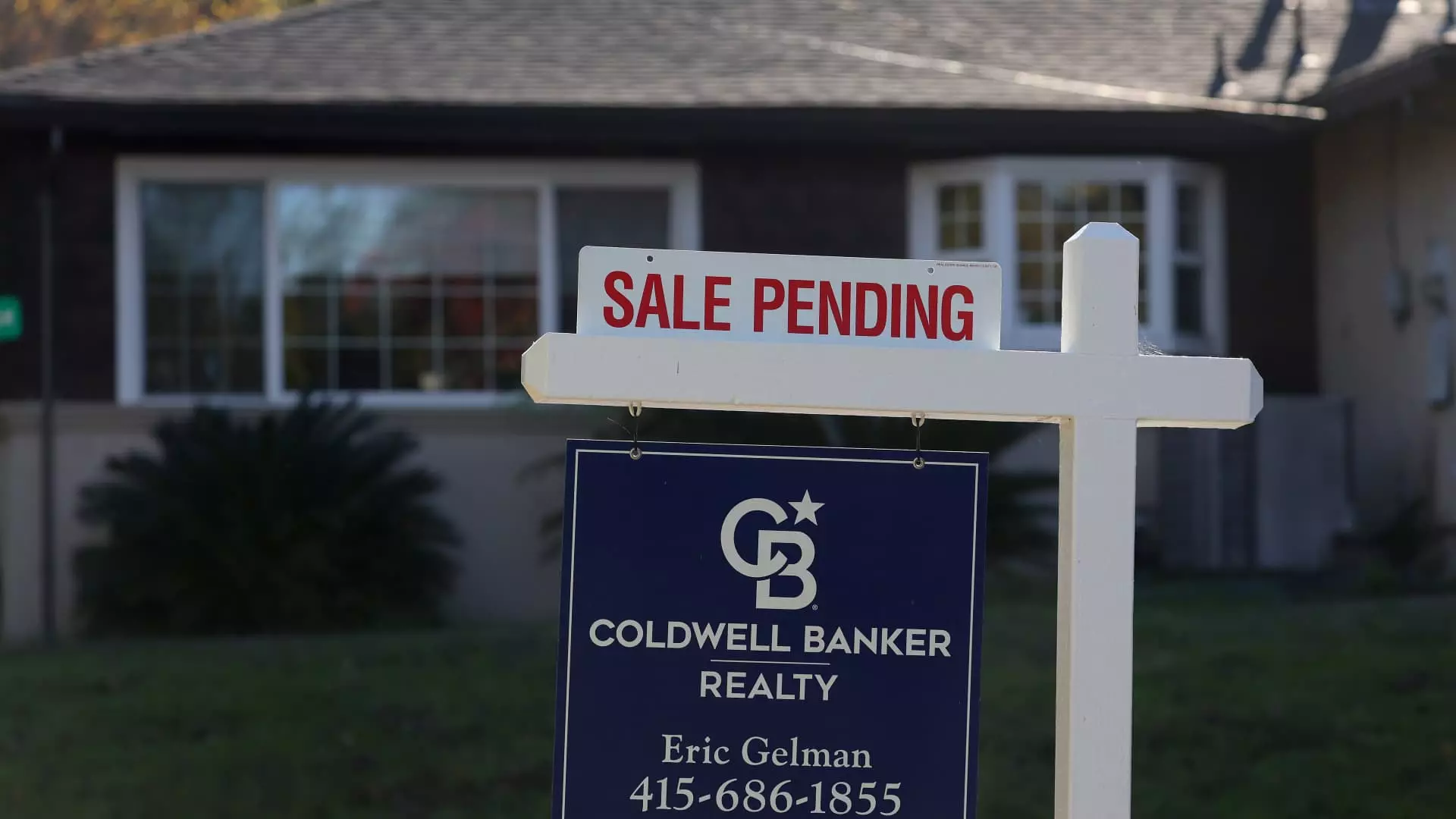In April, signed sales contracts on existing homes dropped by 7.7% compared to March, marking the slowest pace since April 2020, according to the National Association of Realtors. This decline in pending sales, which are considered a forward-looking indicator of closed sales in the coming months, was also 7.4% lower than in April of the previous year. The unexpected drop in sales was largely attributed to the surge in mortgage rates, which rose from around 6.9% at the end of March to 7.5% by the end of April, as reported by Mortgage News Daily.
Sales were down across all regions in the country, with the Midwest and West experiencing the most significant decreases. The Midwest, known for its affordable housing markets, and the West, known for its expensive markets, saw the sales slump the most. Despite these challenges, Lawrence Yun, the chief economist for NAR, believes that the impact of escalating interest rates will be mitigated by the anticipated rate cut by the Federal Reserve later in the year, leading to improved affordability and more supply in the housing market.
To cope with the slow sales pace, the share of sellers cutting prices hit 6.4% in May, the highest level since 2022, according to a report from Redfin. Additionally, the median asking price dropped for the first time in six months. However, the active inventory in April was 30% higher than in April 2023, suggesting a potentially more active summer market compared to the previous year. Hannah Jones, senior economic research analyst with Realtor.com, emphasized the importance of lower mortgage rates in attracting both buyers and sellers back into the market despite the evolving inventory and pricing trends.
While the housing market experienced a slowdown in April due to escalating interest rates, there is cautious optimism for a recovery in the coming months. The expected rate cut by the Federal Reserve is anticipated to improve market conditions by enhancing affordability and supply. Yun also highlighted that regions with declining home prices present second-chance opportunities for buyers as job growth continues. The evolving dynamics in the housing market, including changing inventory levels, pricing strategies, and mortgage rate fluctuations, are expected to shape the future trajectory of the real estate sector.

